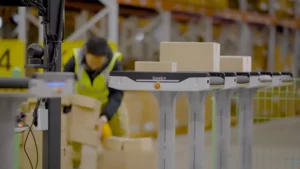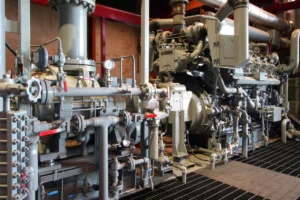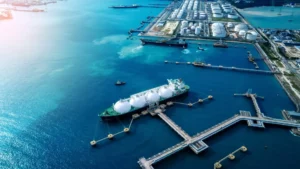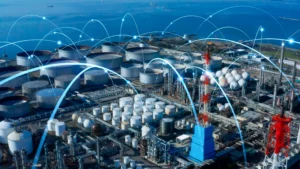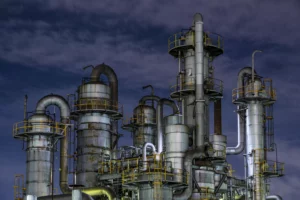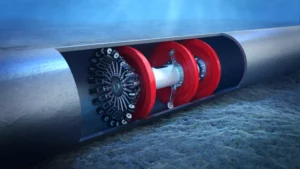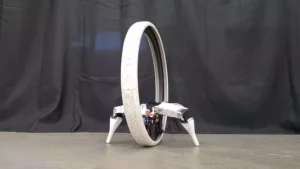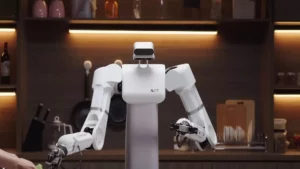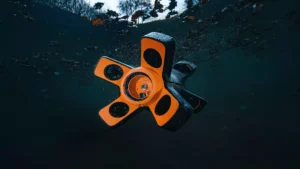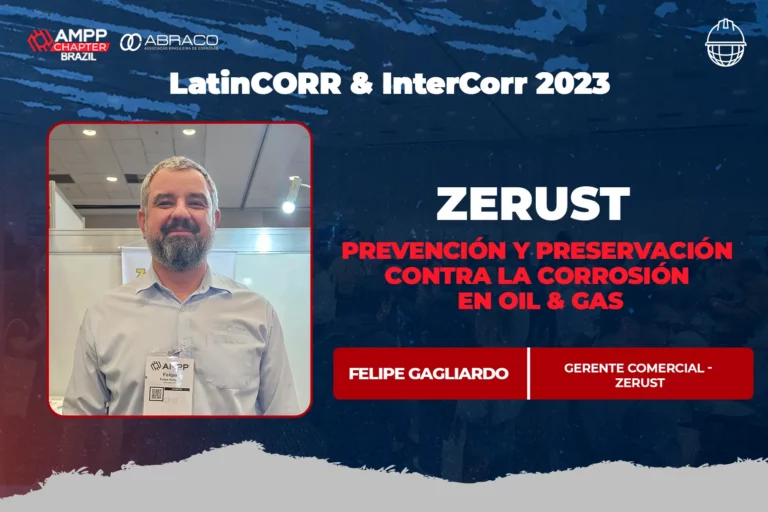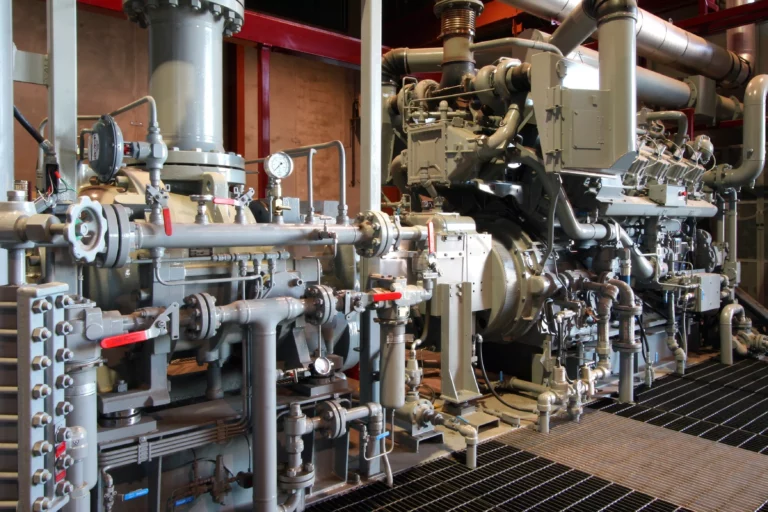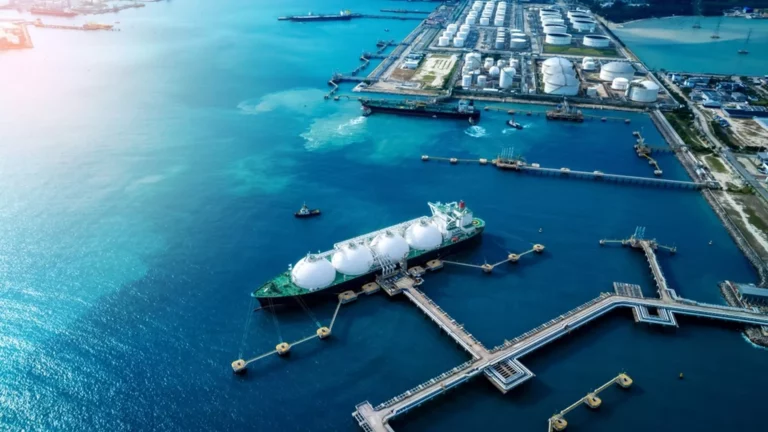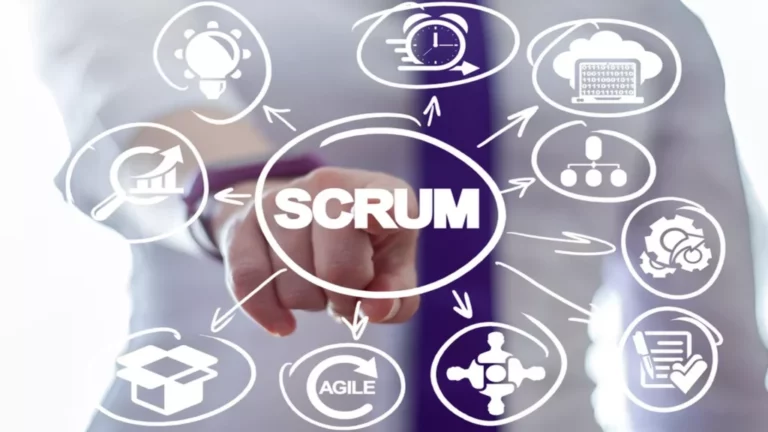Author: Ing. Yolanda Reyes, March 23, 2022.
This article aims to expose the importance of the Recommended Practice (RP) API 584, in order to help owners of industrial facilities to generate, establish, monitor and maintain a program or Integrity Operations Scenario (IOW) for each vulnerable unit and piece of equipment in their facilities, for the process safety management and guide them on how to establish and implement an integrity operating windows program for refining and petrochemical facilities.
The IOW’s ensure that the operating variables are in a range in which damage mechanisms are not generated, avoiding corrosion, leaks, failures and improving the reliability of the equipment. Therefore, the Operational Windows establish optimal operating ranges, generating a safe and responsible operation, without interruptions or unplanned stoppages.
Introduction
API RP 584, is a recommended practice developed and published by the American Petroleum Institute (API) that provides the user with information and guidance on the development and implementation of Integrity Operating Windows (IOW), to help strengthen their Mechanical Integrity (MI). This best practice is intended to explain the importance of and assist facility owners in creating, implementing, monitoring, and maintaining an IOW program for each vulnerable unit and piece of equipment in their facility. API RP 584 was originally published in 2014 and the current version (2nd edition) was published in December 2021.
Ignorance of the effect that operating it outside the range of normal operating parameters as important as temperature, pressure, concentrations of elements such as hydrogen, H 2 S or flow rate parameters can have on the mechanical integrity of an asset. .
In this context, the Recommended Practice API RP 584 integrity operational windows, has developed a model for the definition of different alarms and operational actions, which defines responsibilities and actions, as the main element within what is known as condition-based actions. , framed in condition-based fault management policies.
Hence the importance of communication between maintenance and operations. The intent of this Recommended Practice (RP) is to expose the importance of Integrity Operating Windows (IOW) for safe process management. It consists of a methodology whose purpose is to guide users on how to establish and implement an IOW program for refining and petrochemical processing facilities, with the express objective of avoiding asset degradation.
VOIs are defined as Limits set for process variables (parameters) that can affect equipment integrity if the process operation deviates from set limits for a predetermined period of time.
According to API RP 584 there are three types of Windows:
- Informative Limit Window
- Window for Standard Limit
- Critical Limit Window
Informational Limit Window: It is an established limit or operating range for integrity parameters that are primarily used BY SPECIALISTS (e.g. process engineer, inspector, corrosion specialist, etc.) to predict and/or control integrity/reliability team long term.
Window for Standard Limit: It is a limit that if exceeded for a specific period of time could cause higher rates of degradation or introduce new damage mechanisms beyond those anticipated.
Notification and response to a standard limit may also vary. Depending on the risk associated with the equipment. For highly critical equipment, alarms or alerts are potentially necessary and the operator may have some predetermined actions to take. For low-risk equipment, alerts may only be necessary for eventual interaction with operational supervisors or appropriate technical staff and subject matter experts.
Critical Limit Window: Established level that, if exceeded, could rapidly deteriorate so that the operator must take immediate predetermined action to return the process variable to values within normal operating limits to avoid potential equipment damage that may result lose the containment function and release dangerous fluids. A window for a critical limit must meet the following premises:
- Major Loss of Containment
- Leak or catastrophic release of hydrocarbons or other dangerous fluids
- Emergency shutdown of the process significant environmental risk
- Excessive financial risk
- Intolerable Risk
Scope of API Recommended Practice RP 584.
The scope of the following activities is presented below:
- Create and set IOW.
- Data and information typically needed to establish IOW’s.
- Descriptions of the various types of IOW and their Risk Ranking.
- Document and implement IOW.
- Monitor and measure the process variables within the established IOWs.
- Communication of operating outside of IOW.
- Review, change and update IOW.
- Define roles and responsibilities in the IOW work process.
Responsible for administering IOWs
The responses to the exceedance of each IOW and their times will vary depending on the type of Window that is exceeded. The natural team that manages the Operational Windows must define and agree on the response times for the IOW associated with critical and standard limits.
Standard VOI exceedances will vary in their response actions and timing, and will be less urgent than those associated with Critical window exceedances. Some of these actions will likely be for operators, but other response actions may be for specialists. For the application of this regulation, the following flowchart must be complied with, for more details on this methodology, viewing application exercises and processes where the same standard can be implemented provides all the information.
The intent of this Recommended Practice (RP) is to describe the importance of IOWs to process safety management and to guide users on how to establish and implement an IOW program for process facilities. Its express purpose is to minimize unexpected equipment degradation that could lead to loss of containment.
It is not the intent of this document to provide a complete list of specific IOWs or operating variables that might require IOWs for the many types of process units in the industry; but rather to provide the user with information and guidance on the work process for the development and implementation of IOWs to help strengthen the Mechanical Integrity (MI) program for each process unit.
API RP 584 outlines the essential elements for defining, monitoring, and maintaining IOWs as a vital component of integrity management. Risk-based inspection (RBI), management of change (MOC), and process safety information (PSI) are also discussed, but only as they relate to IOWs.
Change Management (MOC)
Management of Change (MOC) is a practice that controls safety, health, and environmental risks and hazards as they relate to an organization’s changes to its facilities, operations, or personnel. A properly implemented MOC policy prevents the risks of current hazards from increasing and protects against the introduction of new hazards. Improper management can increase risks to the health and safety of employees and the environment.
While effective MOC management involves reviewing all significant changes to ensure that an acceptable level of security will be maintained after the change has been implemented. Based on this evaluation, the proposed change can be set for implementation, modified to make it more secure, or rejected altogether. Under the Occupational Safety and Health Administration (OSHA) Process Safety Management (PSM) standard, MOC is required when changes are made that could affect the safety of a facility.
This may include changes to chemical processes, technology, equipment, procedures, and the number of employees involved in a process. temporary changes must be considered. Several catastrophic events have occurred due to not considering these changes in operating conditions, personnel, etc. For this reason, an effective MOC program must address all changes that could affect the safety of a facility or personnel, regardless of whether it is permanent or temporary.
Process Safety Management (PSM)
Process Safety Management (PSM) is a regulation issued by the Occupational Safety and Health Administration (OSHA) of the United States Department of Labor. The regulation is designated as OSHA 1910.119, Process Safety Management of Highly Hazardous Chemicals. Its purpose is to prevent or minimize the consequences of the release of hazardous chemical substances in a facility or in the surrounding environment.
Hazardous chemicals are those that can be toxic, reactive, flammable, explosive, or a combination of these properties. Industries that handle hazardous chemicals must develop an effective PSM program that protects employees, contractors, and visitors to the facility. These industries include: petrochemical, pharmaceutical, paints, adhesives and sealants, food processing, industrial organic and inorganic products, and paper mills.
OSHA 1910.119 Elements – Highly Hazardous Chemicals PSM
How do companies know they are complying with the OSHA regulation by implementing a PSM program? To answer this question, companies should be familiar with the following 14 items that are required for PSM program compliance. These items are the minimum requirements taken from OSHA 1910.119 [1]. All information (date, equipment, personnel, process safety information, and process hazard analysis) should be recorded and stored in case future audits need to refer to historical information about the facility and equipment.
1. Employee participation
All employees who play a role in facility operations must participate in a PSM program. Each of the following elements requires a team of competent and experienced people. Ideally, a team should include at least one person who specializes in the specific process being used.
2. Process Safety Information (PSI)
The PSI element requires employers to collect and document information on highly hazardous chemicals (HHCs) prior to conducting a process hazard analysis. This information refers to the chemicals, technology and equipment used in the process. Additionally, the information must be accessible to all employees to understand the HHC-related risks they may face while on the job.
3. Process Hazard Analysis (PHA)
A PHA is performed by a team of engineering and maintenance experts who can identify, assess, and control hazards. PHAs can be carried out using a number of techniques, including:
• “what if” analysis
• checklist methods
• risk and operability studies
• Analysis of effects and failure modes.
• fault tree analysis
Additionally, it is important to ensure that PHAs are completed in a timely manner, as teams are expected to complete a certain amount of analysis within specific timeframes. PHAs should be performed at least every 5 years [1].
4. Operating procedures
Companies must document all operating procedures related to initial startup, normal operations, temporary operations, and emergency shutdowns. Operators must be aware of the operating limits of the process, the consequences if the process deviates from normal conditions, and be prepared to correct deviations when necessary.
5. Training
Employees must be trained on the procedures, safety factors, and health hazards specific to the job task. Certificate programs can help ensure that individuals are competent in specialized areas related to their practices. In addition, some practices require ongoing training as methods and best practices continue to be developed.
6. Contractor Safety
Companies must evaluate a contractor’s safety performance before beginning a project (for example, repair, replacement, or renovation). Once a contractor passes the authorization requirements, it is the company’s responsibility to inform the contractor of potential health risks and hazards associated with the contractor’s project. The contractor’s responsibility is to inform the incoming contract team of health risks and hazards and to ensure that contract employees have received and understand the necessary training.
7. Pre-commissioning process safety review
Companies must conduct a safety review before new or modified facilities begin production. The pre-commissioning safety review confirms that an initial PHA has been performed and that all safety, operating, maintenance, and emergency procedures meet the requirements of codes, standards, and specifications [1].
8. Mechanical integrity
Routine inspections are required for major process units and equipment such as pressure vessels, storage tanks, piping systems, relief and ventilation systems, emergency shutdown systems, control systems (for example, monitoring and sensors) and pumps to ensure the mechanical integrity of the component meets the requirements. All inspections and tests must be well documented and must follow recognized and generally accepted good engineering practices (RAGAGEP).
9. Hot Work Permit
This mandate requires employers to issue hot work permits for personnel performing high-temperature operations on equipment (for example, welding).
10. Change Management
A company needs to have an organized and efficient process to manage procedural changes related to chemicals, technology and/or process equipment. Per OSHA 1910.119, each change requires that the following considerations be addressed:
• The technical basis for the proposed change.
• The impact of the change on safety and health
• Modifications to operating procedures
• Time needed for the change
• Authorization requirements for the proposed change [1]
11. Incident investigation
Investigations should be conducted into incidents that resulted (or could have resulted) in a catastrophic release of HHC. Incident investigations should report:
• The date of the incident
• The date of the investigation.
• The description of the incident.
• The root causes that contributed to the incident.
• Any recommendations or solutions resulting from the investigation.
12. Emergency planning and response
Companies must develop and implement emergency action plans for the entire facility. Contingency plans include procedures to mitigate large and small releases of HHC.
13. Compliance Audits
Individuals must recertify their credentials at least every three years to keep up with evolving technology and practices. This element also states that companies must keep the 2 most recent compliance audit reports.
14. Trade secrets
This mandate ensures that employees involved in items 2-13 have access to information about the process and the health risks they may encounter while on the job.
Finally, it is important to highlight that the API RP 584 Standard includes information such as IOW definitions, the different types of operational windows and the terminology related to them. It also presents guidelines for creating, documenting and deploying, analyzing the data and information that are most useful to your creation. In addition. API RP 584 discusses how to monitor and measure variables within existing IOWs and how to communicate when a limit has been breached. Covers reviewing and updating existing IOW programs and how to integrate these programs with other security practices.
Conclution.
The implementation of the Integrity Operation Scenarios (IOWs) in a refining or petrochemical facility, taking into account what is indicated in API RP584, allows an adequate process safety management, providing integrity to the equipment that involves loss of containment.
IOWs are incredibly important to a facility because setting limits for equipment operation can prevent excessive equipment degradation and unnecessary failure. API RP 584 does not provide a specific list of IOW plans or the types of equipment that might require IOWs. However, it provides the user with useful information to identify which equipment requires IOW and how best to create and implement Integrity Operational Windows for assets.
Bibliographic references.
API RP 584, 2nd Edition, December 2021 – Integrity Operating Windows Introduction.





